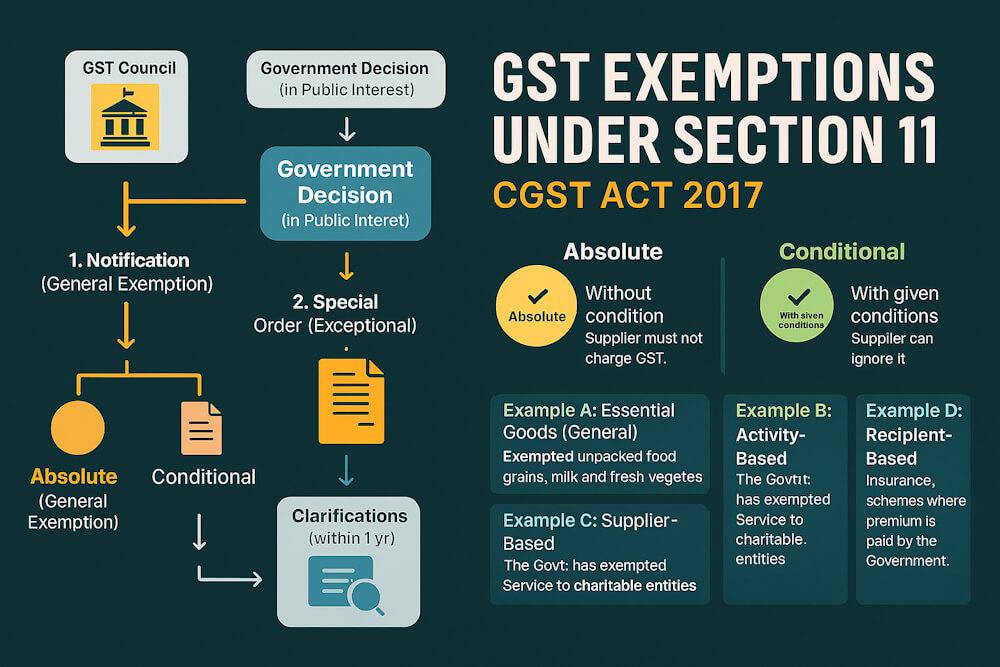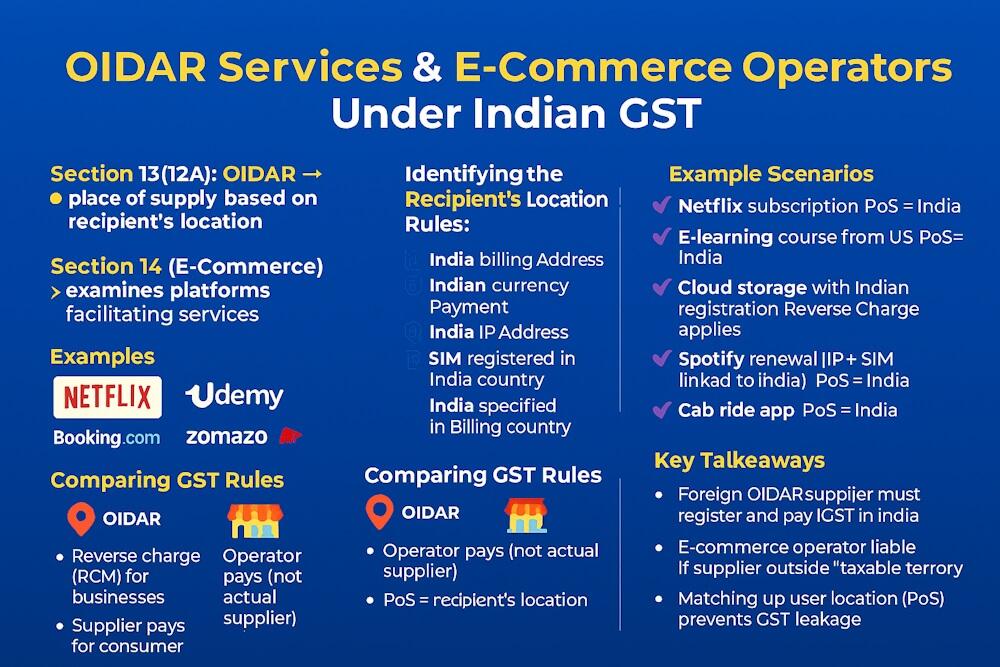What is Competitive Pay?
Competitive pay is a term that refers to an employer offering a salary that is equal to or exceeds the industry standard for similar jobs in the same geographical area. The word “competitive” relates to employers using their salary rates to compete with other companies to secure high-quality employees.
You are likely to see this term included in job listings and online job boards as a selling point. Employers who offer competitive pay are often willing to negotiate a salary if it means hiring a more qualified employee.
In today’s job market, competitive pay includes more than just the rate of your base salary. Base salary refers to the salary that you agree to when you sign your employee contract. Base pay does not include bonuses, benefits, or potential pay increases.
Some employers who cannot offer base pay at a competitive rate instead offer competitive options for benefits packages, additional PTO, or flexible work hours.
Factors that Affect Competitive Pay
The market value of a position can fluctuate depending on a variety of factors such as industry and location, so it’s important to note that pay may vary and it isn’t necessarily a specific amount. Below is a breakdown of the factors that can affect compensation:
1. Job Title
When it comes to determining a competitive salary, the role itself will often have a baseline for market rates. Use reliable industry resources such as the Bureau of Labour Statistics (BLS) to assess compensation rates for your role.
Once you have an idea of the average market rate, use this number as a guide to evaluate salary competitiveness. Remember that salary ranges can differ based on the role, so make sure you’re referring to an accurate job title when doing your research.
2. Experience Level
Most positions will offer pay that corresponds to either your experience level or the experience necessary for the job. Whether the role is entry-level, mid-tier, or higher often determines the experience level required and the associated salary range.
For example, entry-level positions require zero to little experience and are generally compensated less than mid-tier positions that may require several years of experience.
Your education and practical skills all factor into your experience level, and the demand for your skill set should be kept in mind when determining a salary that is competitive for you.
3. Industry
The industry your desired job is in has the power to affect the standard of competitive pay. Lucrative industries like tech and finance may have more competitive rates compared to other industries in order to secure top talent.
If you have a desired career path and aren’t set on a particular field, it’s worthwhile to apply to the same position in multiple industries to see how compensation packages may differ.
For those who have a high salary as their goal, research earnings by industry and apply to various companies within the highest paying one to find the most competitive pay for you.
4. Geography
Location also affects the average market rates of a position. Places with a higher cost of living and higher minimum wage standards typically compensate more to account for these factors.
For the most accurate salary and wage information, it’s best to tailor your research to a specific geographic area. The BLS produces data on wages based on region, state, and many metropolitan areas.
5. Job Availability
Much like market prices vary based on supply and demand, salary does too. When a job is in high demand but lacks supply, pay is likely to be more competitive.
On the other hand, if a position is in low demand but there are plenty of qualified candidates, this will likely decrease the market rate of the position.
If you’re interested in a hiring pool that works in your favour, check out this list of the fastest growing jobs for in-demand positions.





